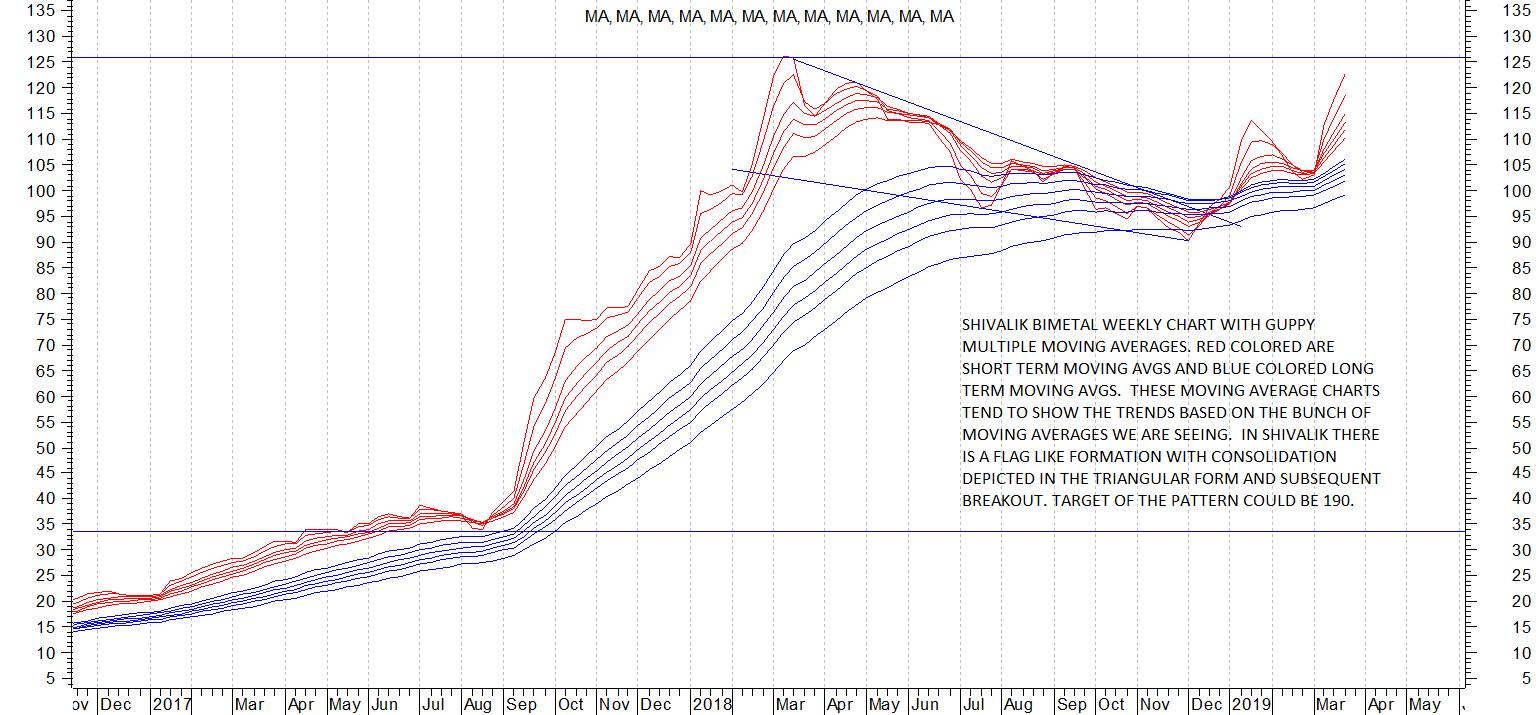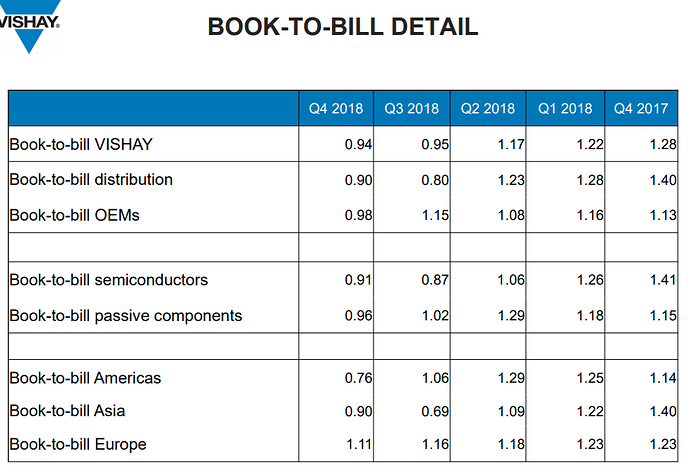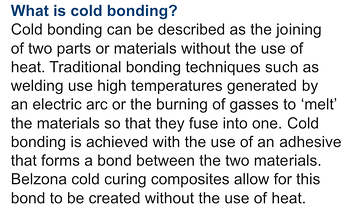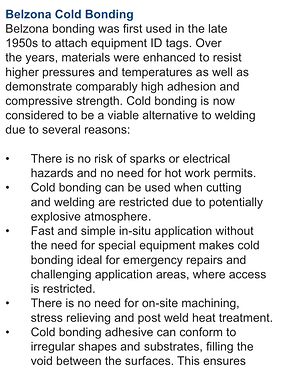@lingalarahul7
Appreciate your revert and efforts. My limited point would be businesses are never linear. My more than two decade credit analyst experience, the most important point is working capital is never static. At times there would higher requirement and at time there would be release except in case of large FMCG. Working capital is like pulse rate in human body. As we excercise our pulse rate would increase and when we relax/sleep pulse rate would be below normal level. Similarly, when business go for value addition/ new products/ new market, at first instance working capital is most likely to increase. Once company establish its credential and supplier/customer develop faith about quality of product and financial strength of the company, the working capital would stabilise to industry norm.
By giving incentive, the company may manage to show figure of better working capital. For instance, many company may discount bills with bank for customer and get advance money with discount. So receivable days would be reduce, but there would contingent liability till the time cusomter of the company make payment to the bank/lender who has discounted bills.
Hence, the limited point is just looking at pulse rate without understand circumstance may lead to wrong diagnosis. Likewise, while the increase in working capital requirement is generally not a good situation, but we also need to look at whether the company is employing resources productilvely or not. I normally consider ROCE(Return on Capital Employed) as the critical ratio. In case of trading companies while asset turnover is high, but margin are thin, as compared with manufacturing value added company where profit margin is high but asset turnover is less, ROCE work as standard parameter across the industries and business in my opinion. I am rather too much simplyfying but it is my understanding.
So when I do calculation of ROCE for Shivalik Bimetal, I find constant improvement in ratio over the years.Enclosing my working for same (data soruce Screener)
| Shivalik Bimetal (Rs Cr) ROCE Calculation |
31-03-2015 |
31-03-2016 |
31-03-2017 |
31-03-2018 |
31-03-2019 |
30-06-2018 |
30-09-2018 |
31-12-2018 |
31-03-2019 |
| PBT |
8.43 |
6.5 |
13.94 |
21.86 |
32.49 |
8.09 |
7.92 |
8.29 |
8.19 |
| Interest |
3.2 |
3.9 |
2.54 |
3.31 |
3.57 |
0.79 |
0.97 |
0.84 |
0.97 |
| PBIT |
11.63 |
10.4 |
16.48 |
25.17 |
36.06 |
8.88 |
8.89 |
9.13 |
9.16 |
|
|
|
|
|
|
|
|
|
|
| Net worth |
60.88 |
64.99 |
71.24 |
85.27 |
105.54 |
|
|
|
|
| Borrowing |
44.06 |
42.48 |
28.64 |
35.89 |
40.06 |
|
|
|
|
| Capital employed |
104.94 |
107.47 |
99.88 |
121.16 |
145.6 |
|
|
|
|
| Average Capital employed |
|
106.205 |
103.675 |
110.52 |
133.38 |
|
|
|
|
| ROCE |
|
9.8% |
15.9% |
22.8% |
27.0% |
|
|
|
|
So ROCE (on average capital employed) is improving every year since last 4 years for Shivalik, despite higher working capital. Hence, in my opinion, Shivalik, even can manage more than 20% ROCE (utilising internal cashflow for reinvested at same rate) and growth of 20% on Sales in medium, I would be very happy about investment.
Thanks once again, for bringing out meaningful points. Your reply and concern result in higher working and more conviction in investment for me.
Discl: Invested, added in last 3 months, Not SEBI registered advisor, Interested investor shall do own due diligence before making any decision.










